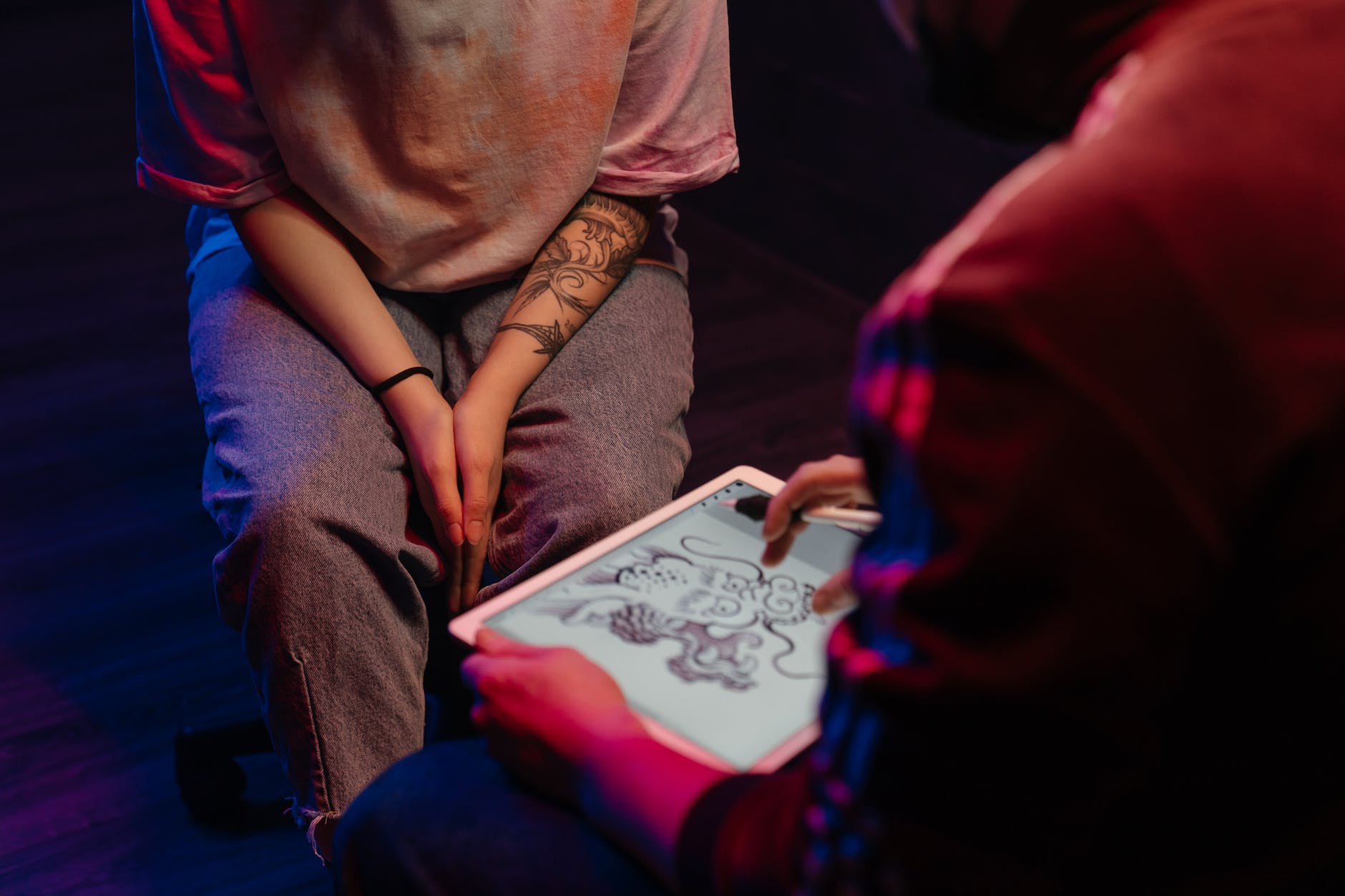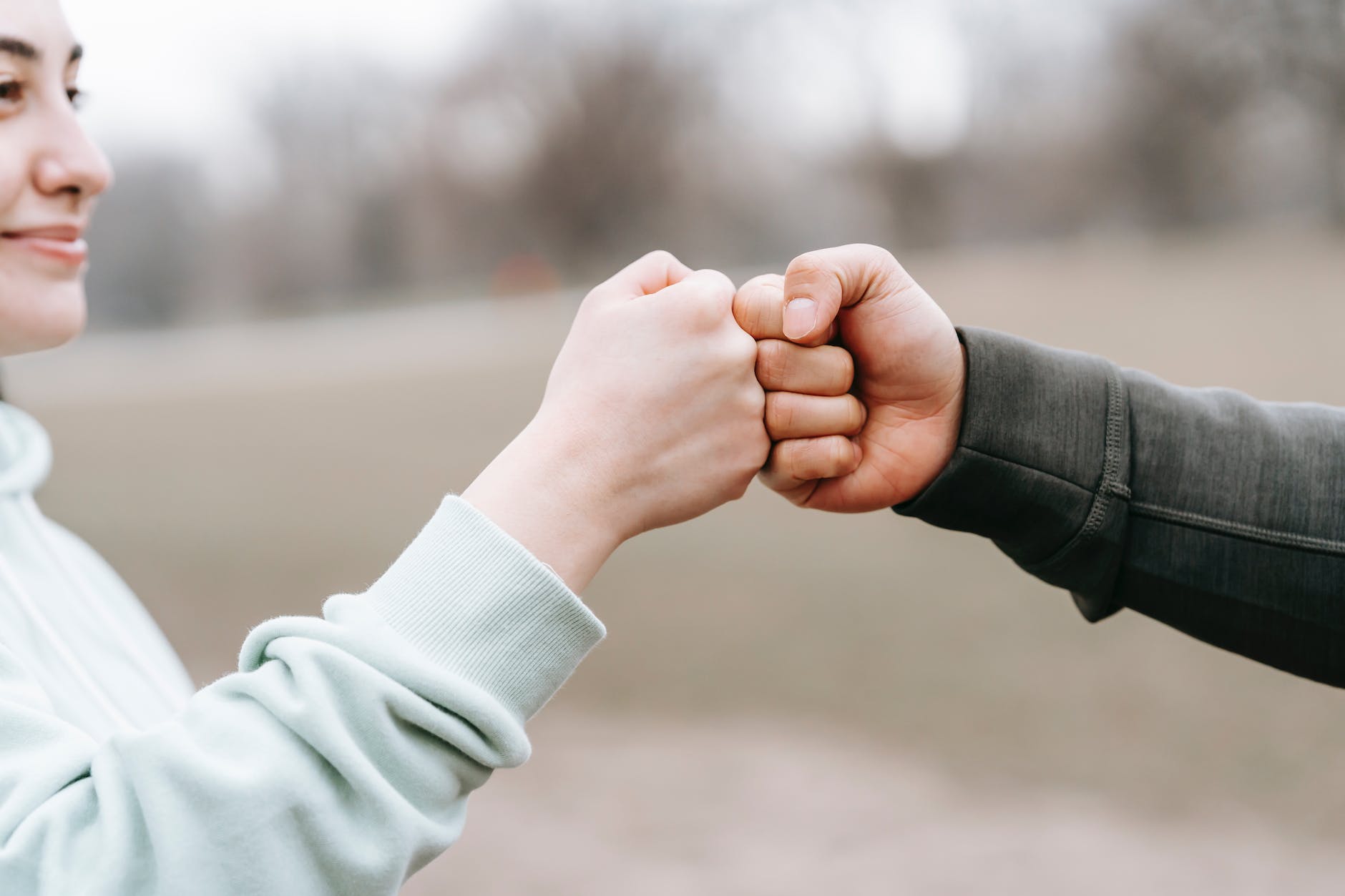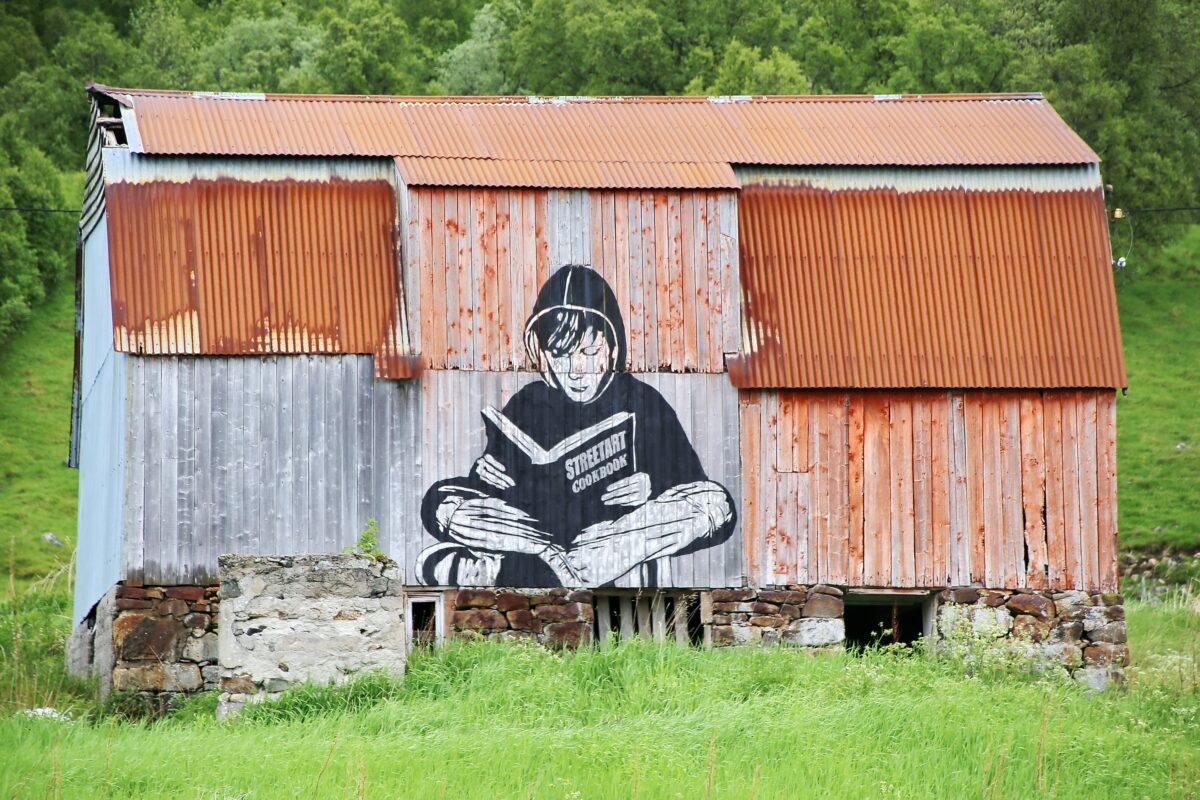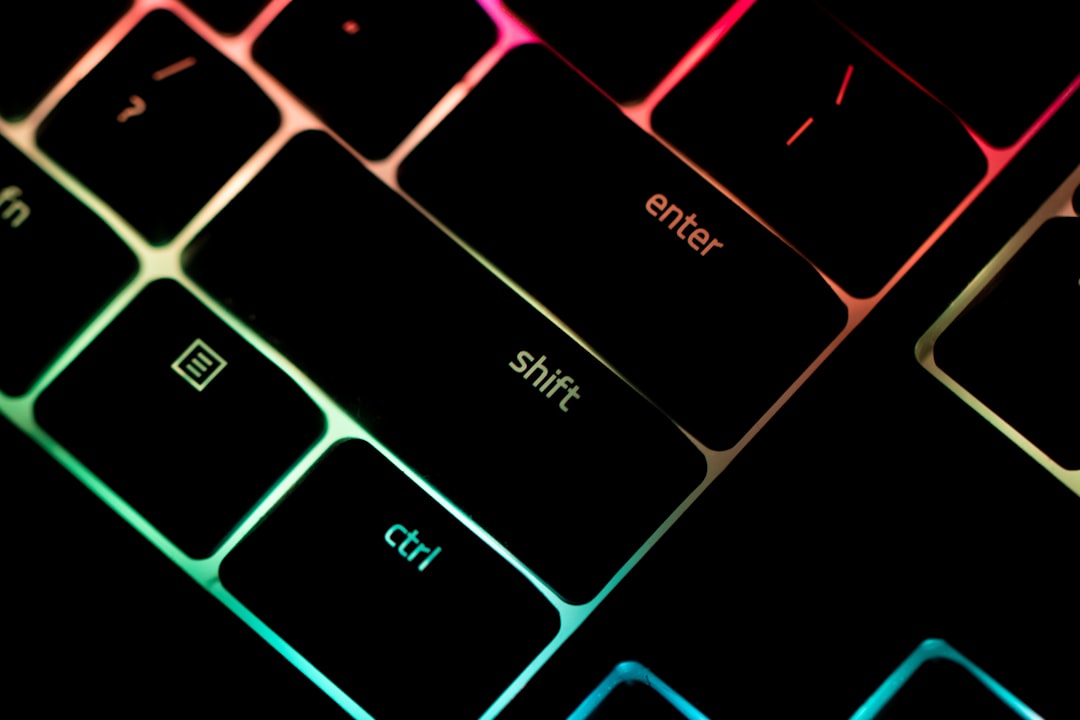Do a Google search for Real World Learning. Then take a look at the number of search results.
Depending on where you are in the world and what day you perform this particular search, you will likely get a different answer, but you should still come to the same conclusion I have:
Real-World Learning is a popular topic, with many people contributing ideas as to exactly what it should be and how it should be accomplished.
But what is real-world learning? What does it look like in a classroom? Is it a goal that can only be reached by the most progressive teachers and schools? Can you actually cover content standards while engaging students in authentic, real-world tasks that involve more than just giving them a “scenario” that mimics a real-world situation?
Giving Context and Application to Content Standards
Real-world learning is a topic that educators have discussed for many years. Research on the topic of integrating social, interactive processes into learning stretches back to 1938 (Maxwell, Stobaugh, and Tassell, 2015) and carry into today with schools offering internships and even job shadowing as part of their curriculum.
But, can real-world learning incorporate standards that students will be tested over on the all-too-emphasized standardized tests taken at the end of every school year for most public school students?
The answer is: yes.
Standards for math, science, ELA, and social studies are not prescriptive in the methods used to teach the standards, only in the content that should be covered. This flexibility provides ample opportunity for educators to design and implement programs that meet the required content standards while providing students with real-world activities that reach beyond the classroom walls.
By doing so, students can see how the content they learn in class has practical applications in the real world and is not just information that must be stored in their brain cells for a year-end dump on a standardized test.
According to Maxwell, Stobaugh, and Tassell (2015), “When a student learns from, interacts with, and has an impact on the real world, higher retention of learning will occur” (p. 21).
Clearly, when a student can move from solving problems or answering questions on a worksheet to solving problems that could have an impact on their community, region, country, or the world, the likelihood that they will work harder, engage in deeper thinking, and ultimately learn more from the problem then we, as educators, must move to more of this learning in our classrooms and schools.
Let’s look briefly at each content area and see how real-world learning can occur around content standards.
ELA Standards and Real-World Learning
In the ELA Literacy standard for 7th graders W.7.1.A, students are tasked with introducing claims, acknowledging other claims, and organizing thoughts and evidence logically (English, n.d.).
From reading just the standard, there is no detailed method for teaching this standard to students, nor an evaluation of any type that can measure student mastery of this topic. Teachers must be able to create or find lessons or projects that can address this standard, leaving much room for introducing real-world learning.
I looked for a sample lesson that might give an example of real-world learning for this standard and found this lesson that tasks students with tracing an argument on whether or not schools should get rid of sports (Doolin, n.d.).
While this lesson does incorporate some real-world learning, I believe it would attain a Level 3 on the Create Excellence Framework (Maxwell et al., 2015, p.19).
Students are engaged in a real-world activity that could have possible consequences but is not asked to create their own argument, and the task is guided by the teacher rather than allowing students to take the lead through inquiry.
However, a project like this could be easily modified to a more real-world task that could be presented to a school-based committee or school board.
Math Standards and Real-World Learning
Applying real-world learning to standards in mathematics is a task I am involved in every day. I teach math to 6th & 7th graders and am always looking for ways to bring real-world learning into the classroom. However, after reading several articles, I now understand that many of my efforts are far from meeting true real-world learning standards.
In the video Individualized Real-World Learning (Teaching, n.d.), we see a senior that is working in a veterinarian clinic as part of an internship program.
While a great many life skills are incorporated into this experience, the student does reference using math to complete tasks such as calculating correct dosages of medicine for animals.
In this example, the math standards are not the focus of the learning but are an integrated part of the entire learning experience, along with many other subjects. As Maxwell et al. (p.29) noted, Real World Learning “is integrated across subject areas” and takes place not necessarily in a classroom but in the real world.
I am beginning to see how the math standards allow for much flexibility in teaching the necessary content while providing rich and meaningful tasks to students that incorporate ideas and standards from other subject areas to make the learning more meaningful.
Social Studies Standards and Real-World Learning
Social Studies standards have direct tie-ins to real-world learning. The guiding principles for the standards give direction for the standards and how they should work with other standards and benefit students. Principles include “Inquiry is at the heart of social studies” and “Social studies prepares the nation’s young people for college, careers, and civic life” (College, n.d.)
Science Standards and Real-World Learning
As with every other content standard area, the Next Generation Science Standards allow for ample real-world learning opportunities for students. Amy Abbott created a project for her class involving analyzing environmental controls in factories that produce clothing and how the dyes are disposed of (Abbott, 2016).
Students were asked to investigate the impact of chemicals being dumped into water sources and draft a portfolio for submission to the United Nations. Included in the lesson are not only standards for science but also standards for ELA (Abbott, 2016). Certainly, this lesson is a fine example of real-world learning with applied content standards.
Conclusion
From the evidence above, we can clearly see that standards for many academic content areas in public schools can be taught using real-world learning.
The opportunity exists for teachers, both current and future, to create programs that are more concerned with creating experiences and authentic learning for students than simply ensuring that content standards are covered at a basic level.
As educators, we should focus on teaching students in environments that mimic or are based on the environments they will have when they are finished with their formal education.
In the video Taylor Mali: In My Middle School (Mali, n.d.), Taylor Mali provides an overview of what he thinks middle school based on real-world learning might look like. Perhaps more educators must work towards creating an ideal environment for our students.
References:
Abbott, A. A. (2016, March). Chemical Connections A Problem-Based Learning, STEM Experience. Science Scope, 39(7), 33-42.
College, Career, and Civic Life (C3) Framework for Social Studies State Standards. (n.d.). Retrieved from http://www.socialstudies.org/c3
Doolin, K. (n.d.). Should Your School Get Rid of Sports? Retrieved September 11, 2016, from http://betterlesson.com/lesson/559859/should-your-school-get-rid-of-sports
English Language Arts Standards » Writing » Grade 7. (n.d.). Retrieved from http://www.corestandards.org/ELA-Literacy/W/7/
Mali, T. (n.d.). Taylor Mali: In My Middle School. [Video file]. Retrieved from https://www.teachingchannel.org/videos/the-perfect-middle-school
Maxwell, M., Stobaugh, R., & Tassell, J. H. (2015). Chapter 1: Real-world learning. In Real-world learning for secondary schools: Digital tools and practical strategies for successful implementation. Bloomington, IN: Solution Tree. ISBN: 9781935249443.
Teaching channel. (n.d.). Individualized Real-World Learning. [Video file]. Retrieved from https://www.teachingchannel.org/videos/high-school-internships-bpl








